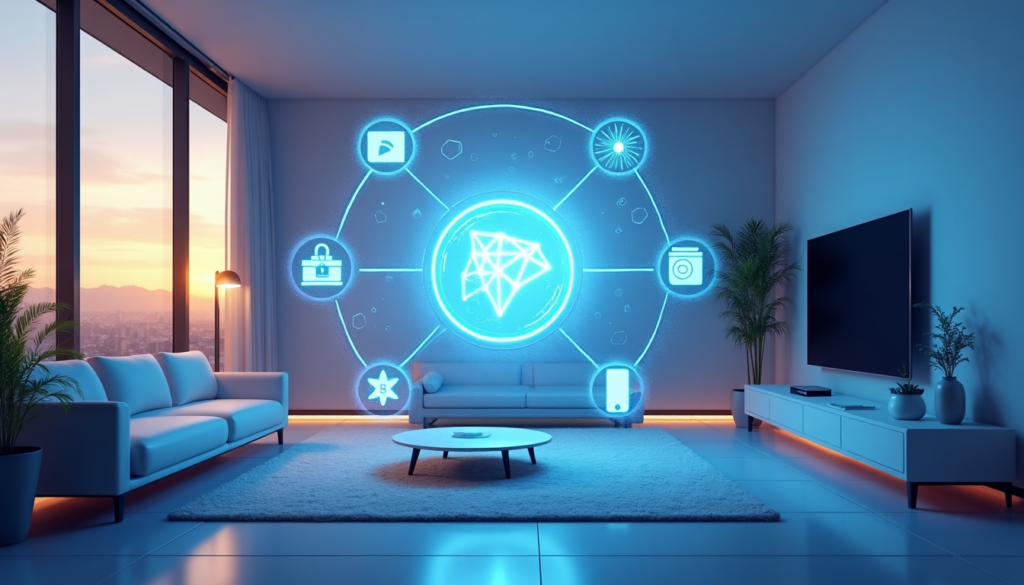
Home battery installations shot up by 62% in 2024, showing how smart home automation trends are changing our living spaces faster than ever. These changes are reshaping the way our homes work and respond to what we need.
Smart homes today go nowhere near simple convenience. AI-powered cameras and biometric locks boost security, while tunable lighting helps maintain our natural sleep patterns. These new automation trends are changing our everyday routines. Voice control systems let us set up custom scenes through normal conversation, and smart water systems have proven so effective that insurance companies now offer discounts to homeowners who use them.
Let’s look at these breakthrough technologies that will change your home in 2025. Your living space will become more secure, energy-efficient and better matched to your lifestyle.
The Evolution of Smart Home Technology
Looking back at the experience of home automation shows how much progress we’ve made since 1975. The X10 protocol brought the concept of smart homes to life. The original technology enabled simple control of home devices through existing electrical wiring, though reliability remained an issue.
From Simple Automation to AI-Powered Systems
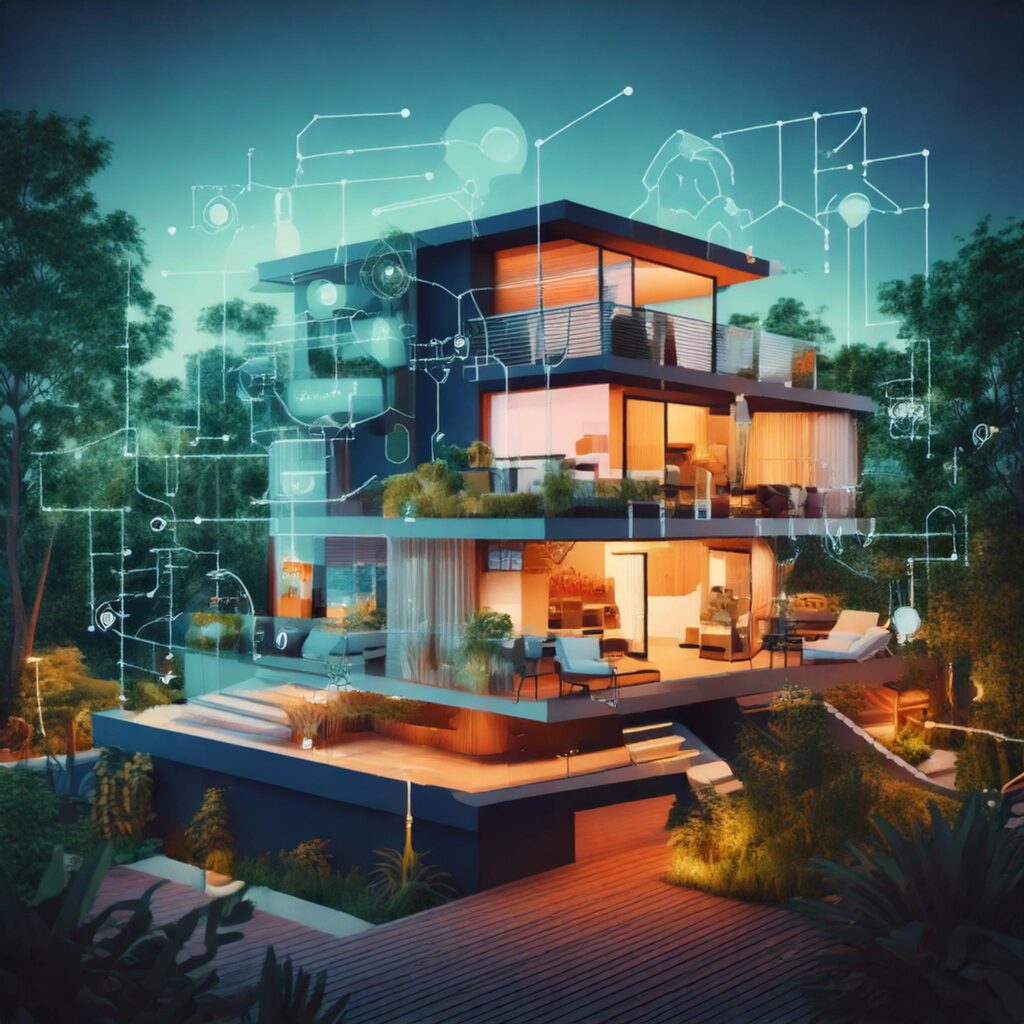
Smart home technology has seen remarkable progress. These are the most important milestones that altered the map:
- 1984: The American Association of Home Builders introduced the term “smart house”
- 2005: Insteon reshaped connectivity by combining electrical wiring with wireless signals
- 2014: Amazon Echo and Apple HomeKit marked a major leap in voice-enabled control
- 2016-2018: Smart speakers emerged and changed how we interact with our homes
Key Market Drivers in 2025
The digital world has changed dramatically. The global home automation market should reach INR 60382.65 billion by 2032. The DIY segment grew by 37% year-over-year in 2023, showing a strong move toward consumer independence.
Regional Adoption Trends in India and Globally
India’s smart home market continues to grow exceptionally. The market value reached Rs 8,000 crore in 2023 and should grow to Rs 36,000 crore by 2028. Over 70% of consumers now use or show active interest in smart home devices.
The Asia Pacific region leads the global market with a 42.91% share. India’s growth stands out with internet penetration reaching 55% of the population in 2023. This has led to a surge in connected home device adoption. Security cameras and smart locks now lead the way in home security solutions.
Next-Generation Home Control Systems
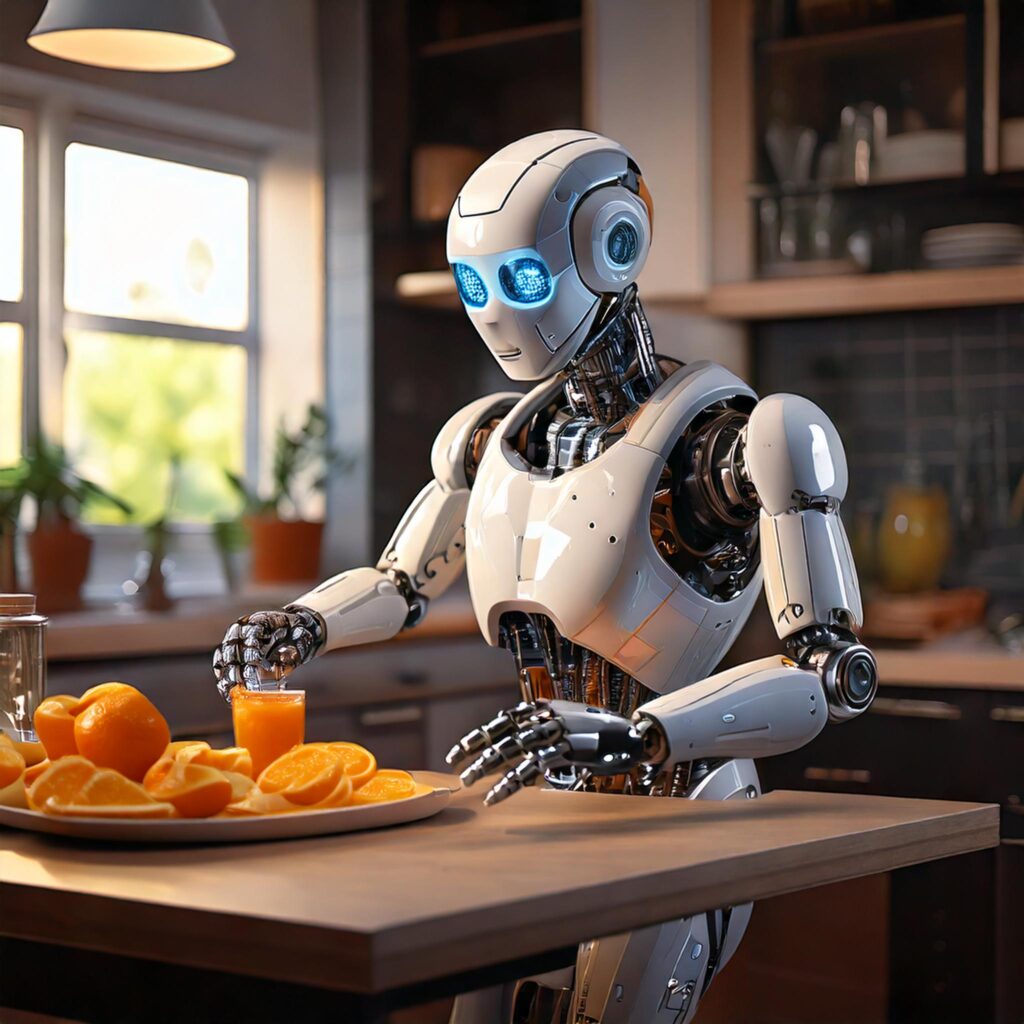
Smart homes in 2025 show amazing state-of-the-art changes in how we control our living spaces. Today’s control systems work nothing like their older versions and give users unmatched flexibility and ease of use.
Voice and Gesture Control Innovations
Gesture recognition technology has taken a huge leap forward. Systems now achieve 98.80% precision and 97.67% recall rates for numerical commands. These advances make device control more user-friendly and help elderly and disabled users who find standard interfaces challenging.
Mobile-First Control Solutions
Mobile devices now stand at the heart of smart homes. A new breed of control systems supports multiple protocols, including:
- Wi-Fi and Bluetooth connectivity
- Zigbee integration
- Matter certification for Apple HomeKit compatibility
These systems track power usage in detail and help spot ways to save energy. They’re a great way to get savings for homeowners who watch their budget.
Multi-User Management Features
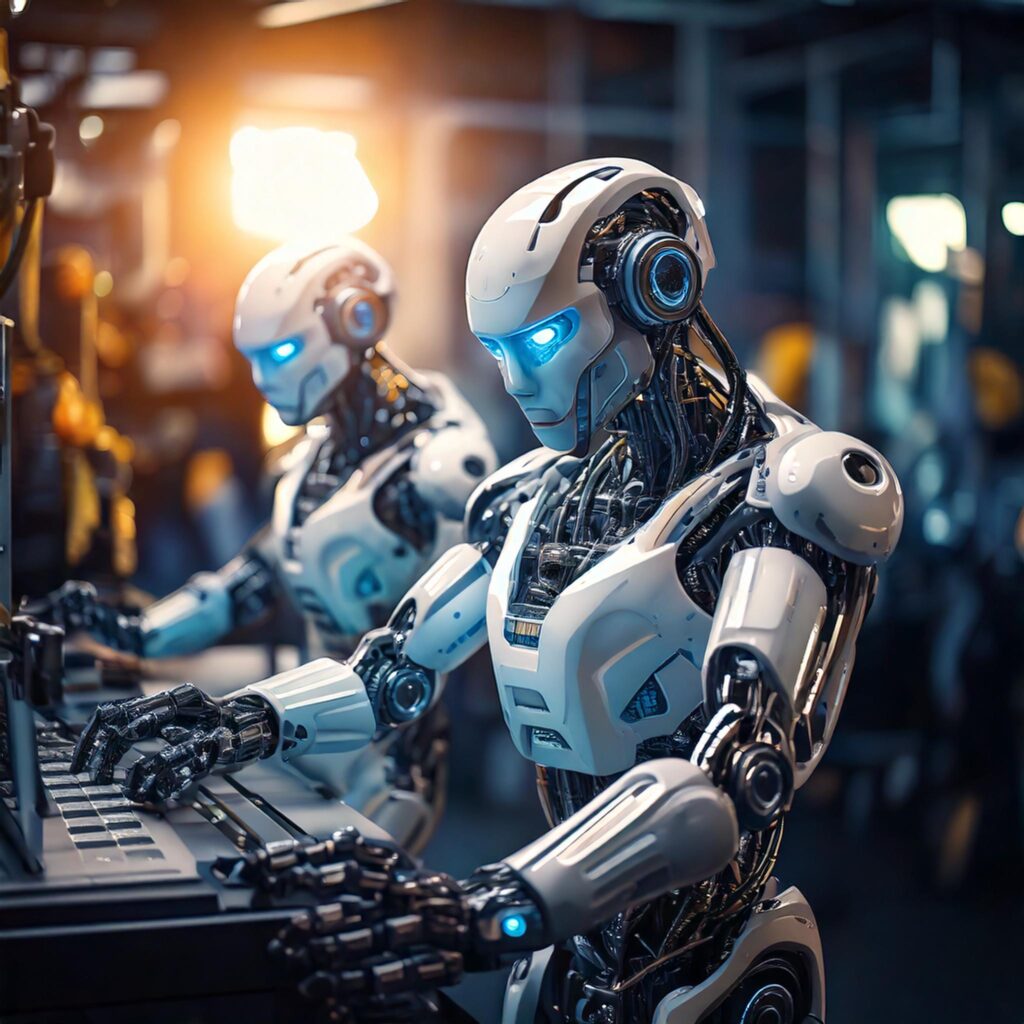
Smart environments face their biggest problem when handling multiple users with different priorities. Yet new trailblazing solutions keep emerging. Latest systems now include:
- Fine-grained access control for family members
- Automated conflict resolution mechanisms
- Individual-specific profiles with custom settings
These features matter because developers originally built smart environments for single users. New multi-user conflict resolution systems handle special cases and user priorities, making them ideal for real-life family situations.
Next-generation systems pack reliable authentication measures to boost security. This becomes crucial as more devices join home networks. Systems adapt to each user’s priorities while keeping strict privacy protocols.
Control panels have grown more sophisticated in 2025’s smart home landscape. New 6.95-inch touchscreen displays blend powerful automation with smooth operation. These panels let you manage everything from lights and fixtures to entertainment systems, creating a unified home control experience.
Smart Energy Management Solutions
Modern energy management solutions are reshaping how we power our homes. The combination of artificial intelligence with home energy systems stands out as one of the biggest advances in smart home technology.
AI-Powered Energy Optimization
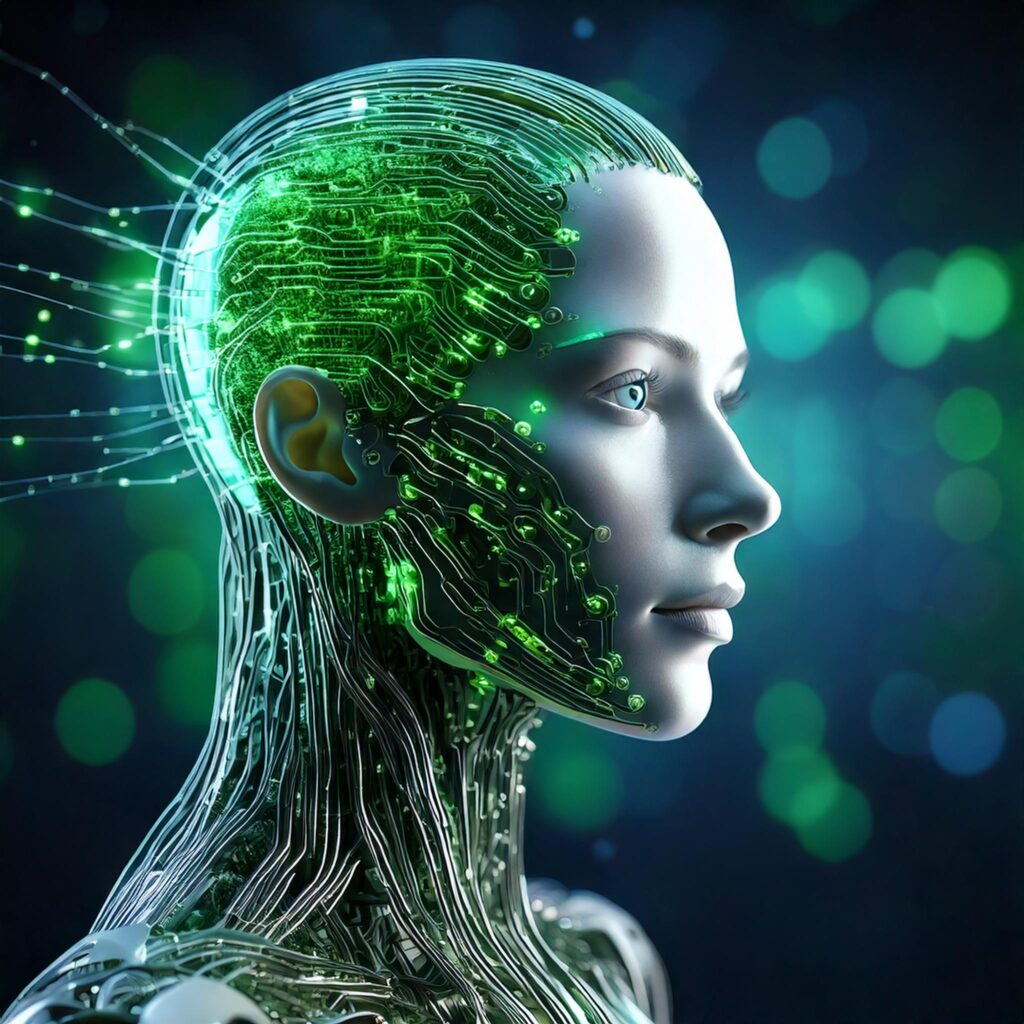
Machine learning algorithms now analyze our energy consumption patterns with incredible precision. These systems can cut our energy bills by up to 50% through automated optimization. AI-powered systems learn from our daily routines and adjust settings automatically for best results.
The technology brings several benefits:
- Immediate monitoring of energy usage patterns
- Automatic adjustment based on occupancy
- Predictive maintenance alerts
- Smart meter integration for usage optimization
Solar Integration and Battery Storage
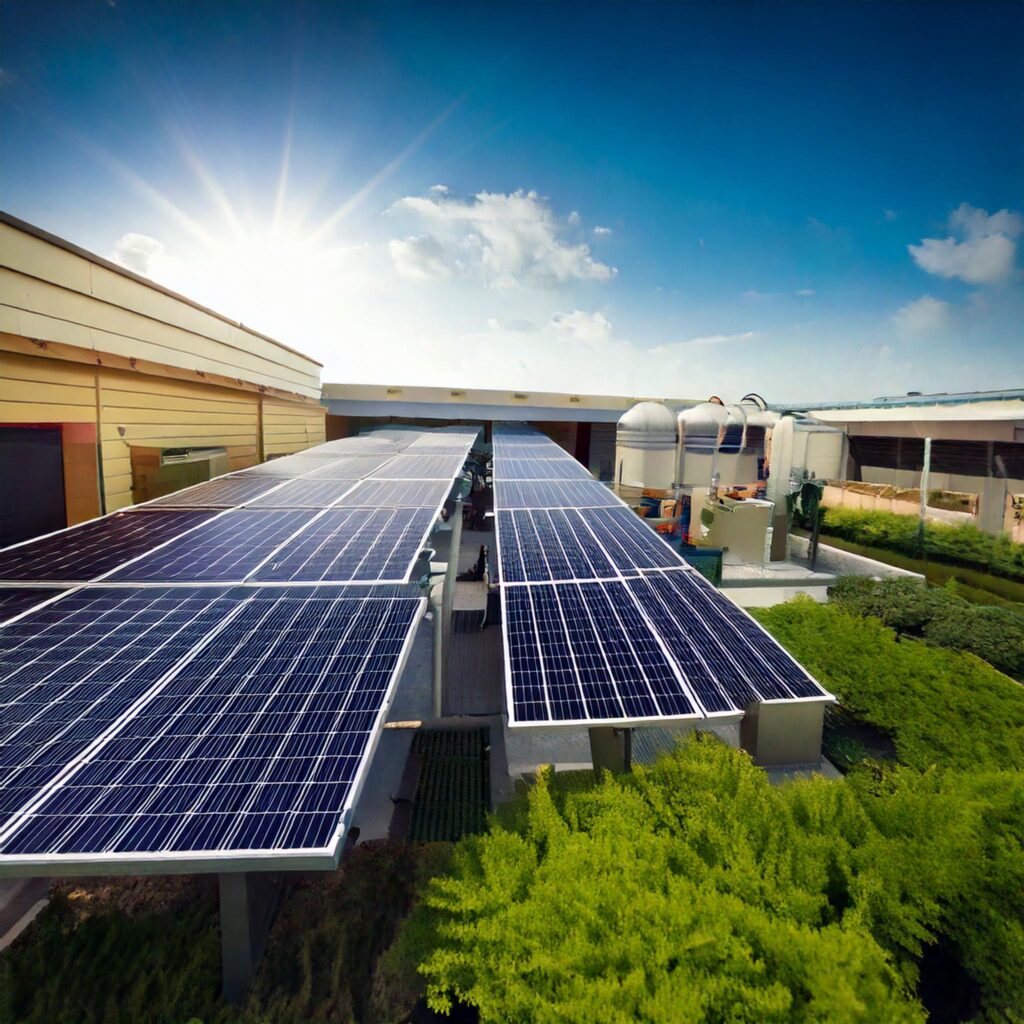
Solar energy integration has made remarkable progress. A proper solar and battery setup can now cover up to 70% of our home’s energy needs. The latest systems route excess power to other energy consumers in the building, so everything gets used.
The integration process needs these steps:
- Smart inverter installation for power management
- Battery storage system setup
- AI-powered distribution configuration
- Automated consumption scheduling
Cost-Saving Automation Strategies
Budget-friendly automation helps reduce energy costs. These systems switch between grid power and stored energy based on current conditions and pricing. Smart meters provide immediate data on energy usage that helps us monitor and manage electricity better.
These homes can participate in demand-response programs automatically. The system adjusts energy usage during peak periods. It schedules high-energy tasks like running dishwashers or charging electric vehicles during off-peak hours when electricity rates drop.
Advanced Security and Privacy Features
Security is a vital aspect of smart homes as we look at the best home automation trends for 2025. We can see amazing progress in how innovative technology protects our living spaces.
Biometric Access Control Systems

The latest biometric security systems give unprecedented protection through AI-powered palm vein recognition that enables contactless unlocking with exceptional accuracy. The advanced biometric features include:
- Facial recognition for quick access
- Iris scanning technology with IP67 waterproof coating
- Ultra-low power consumption systems
- Multi-user management capabilities
AI-Enhanced Surveillance
AI integration has transformed home surveillance completely. These systems achieve remarkable accuracy with dual-motion sensors and human detection algorithms. The latest smart cameras come with:
- Advanced PIR motion sensors for precise human detection
- Up-to-the-minute alerts with impressive accuracy rates
- Automated tracking of multiple targets
- Object classification capabilities
In spite of that, the Ring Always Home camera drone stands out as one of the most innovative features. Homeowners can set up to 50 flight paths throughout their residence. This autonomous system provides complete surveillance coverage, though it currently works on a single floor.
Data Privacy Protection Measures

Data privacy remains a core concern in smart home environments. Our research shows that privacy priorities depend on four key factors:
- Type of processed data
- Purpose of data processing
- Data sharing frequency
- Financial benefits gained
The latest systems use reliable encryption protocols and secure authentication methods. Smart home data stays protected while users enjoy automation benefits through careful privacy measure implementation.
Proof-of-authority blockchain technology has emerged as a promising solution to protect private information. This technology gives data ownership and tamper-proof storage capabilities that improve our smart home systems’ security by a lot.
Lifestyle Integration and Automation
Smart technology has become deeply woven into our daily lives and continues to reshape how we live and stay healthy. Our homes now do more than just respond to commands – they actively help us stay healthy and comfortable.
Health and Wellness Monitoring

Smart homes have evolved into active partners that continuously track our behavior patterns. Smart wearable trackers and sensors now give an explanation of our daily physical activities and sleep patterns. These systems offer:
- Immediate vital sign monitoring
- Behavioral pattern analysis
- Automated health alerts
- Sleep quality tracking
About 75% of people who use smart health tracking sensors say they feel more in control of their well-being. These systems can detect even subtle changes in heart rate during sleep and learn about our health without any effort from us.
Entertainment System Integration
Home entertainment automation has made unprecedented progress. Nearly 70% of homeowners are learning how wearables can boost their entertainment experience. Modern systems let us:
- Create individual-specific lighting scenes for different activities
- Synchronize audio across multiple rooms
- Automate content priorities for each family member
- Control everything through voice commands
These systems adjust automatically based on what’s playing and create immersive experiences that match our priorities. Users can set up to 50 customized entertainment scenarios, which shows how far beyond simple control these systems have come.
Smart Kitchen and Bathroom Solutions
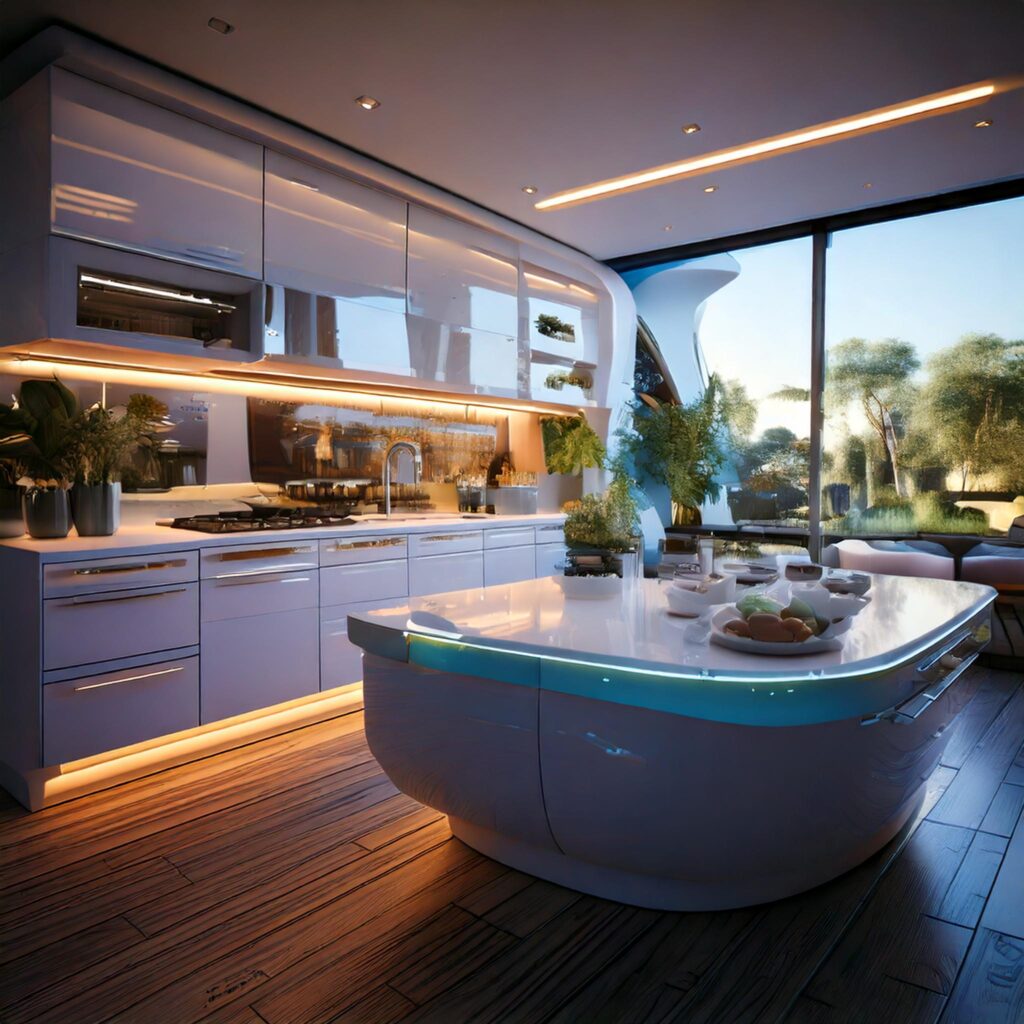
Kitchens and bathrooms have undergone a complete transformation. Smart kitchens now start with an intelligent control hub that displays recipes and controls appliances through voice commands.
Bathrooms now feature innovations like:
- Smart mirrors with health monitoring capabilities
- Automated temperature control systems
- Individual-specific shower experiences
- Touch-free fixtures for better hygiene
Modern smart fridges come with internal cameras and inventory tracking systems that monitor groceries and suggest recipes based on available ingredients. Smart ovens now have sophisticated AI systems that recognize food items and adjust cooking times automatically.
These innovations ended up creating more efficient and individual-specific spaces. To cite an instance, see NutriStation by AlgoCare – it analyzes daily activities and dietary habits through its companion app and dispenses perfectly blended supplements that match individual needs. This level of personalization stands out as one of the most promising home automation trends for 2025, combining convenience with precise health management.
Conclusion
Smart home technology has reached an exciting turning point as we approach 2025. Our research into current trends shows how AI-powered systems have turned simple home controls into sophisticated automation solutions that adapt to our needs.
These improvements definitely go beyond mere convenience. Smart energy management systems cut power bills by up to 50%. Biometric security features protect homes with unprecedented accuracy. Health monitoring capabilities and entertainment integration create living spaces that actively support our well-being.
Indian homeowners can look forward to a promising future in home automation. Market projections show rapid growth from Rs 8,000 crore to Rs 36,000 crore by 2028, suggesting widespread adoption of these technologies. On top of that, standardized protocols like Matter make these systems more reliable and user-friendly than ever before.
Home automation might seem complex at first glance. The benefits outweigh any learning curve you might face. Smart homes provide practical solutions for energy savings, boosted security, and better lifestyle management. These solutions are becoming more affordable and available to average homeowners every day.

